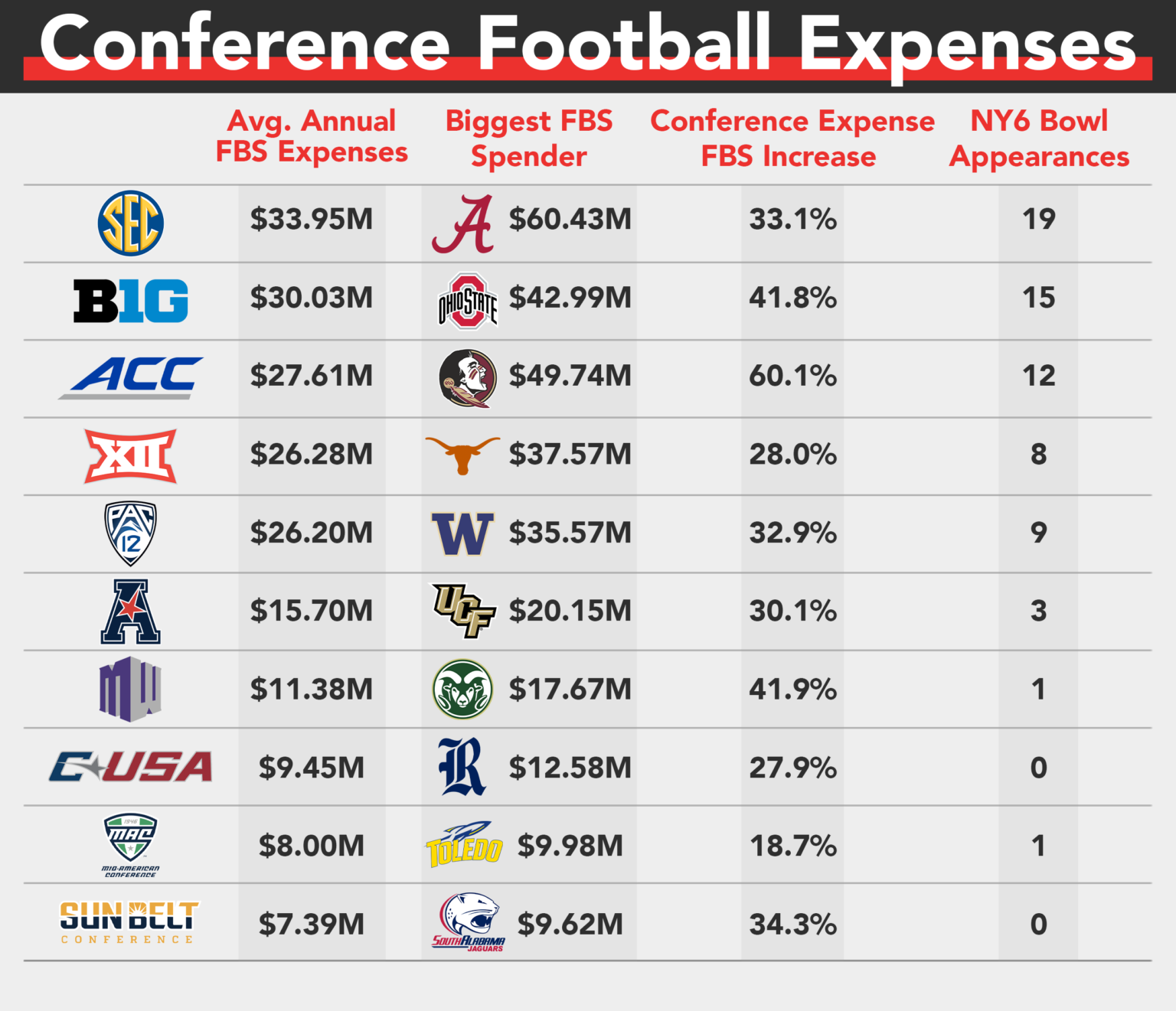The Impact of the Lopsided College Football Playoff Revenue Distribution

The leaders of college football met in January of 2022 in Indianapolis to discuss expanding the College Football Playoff to 12 teams. After months of deliberation, the proposal faced challenges from the SEC, Big Ten, ACC, and Pac-12. The inability to reach a decision in 2022 led to significant financial impacts on the CFP deal made years later, favoring the SEC and Big Ten with a lopsided revenue distribution model.
Following the collapse of the Pac-12 and increasing pressures around athlete revenue sharing, the SEC and Big Ten negotiated a deal that heavily favored them due to the threat of forming their own postseason without the other leagues. The new revenue model allocated 29% of CFP cash to the SEC and Big Ten, creating budget discrepancies for other FBS programs.
Commissioners, including Notre Dame's athletic director, engaged in intense discussions over a new TV deal, revenue distribution, and format for the CFP. The details of the new deal included a six-year extension with ESPN, with the SEC and Big Ten earning the lion's share of the revenue, causing financial disparities among conferences.
The Group of Five programs found themselves facing uncertainty and financial challenges in the new CFP deal, leading to concerns about revenue sharing, program sustainability, and disparities in college football. The rich are getting richer, widening the gap between the power conferences and G5 schools.
The CFP negotiations reflected a broader trend in college football where successful programs accumulate more resources, further separating them from smaller universities. The worst-case scenario of forming a super league presented existential threats to conferences, influencing the revenue structure of the CFP deal.
The consequences of the lopsided revenue distribution and financial impacts on conferences like the ACC and Big 12 are raising questions about the future of college football. The debates over format changes, selection processes, and potential realignment indicate significant shifts in the collegiate sports landscape.
As college football navigates through financial uncertainties and power struggles among conferences, the implications of the new CFP deal are reshaping the competitive landscape, emphasizing the challenges and opportunities ahead for programs at all levels.



